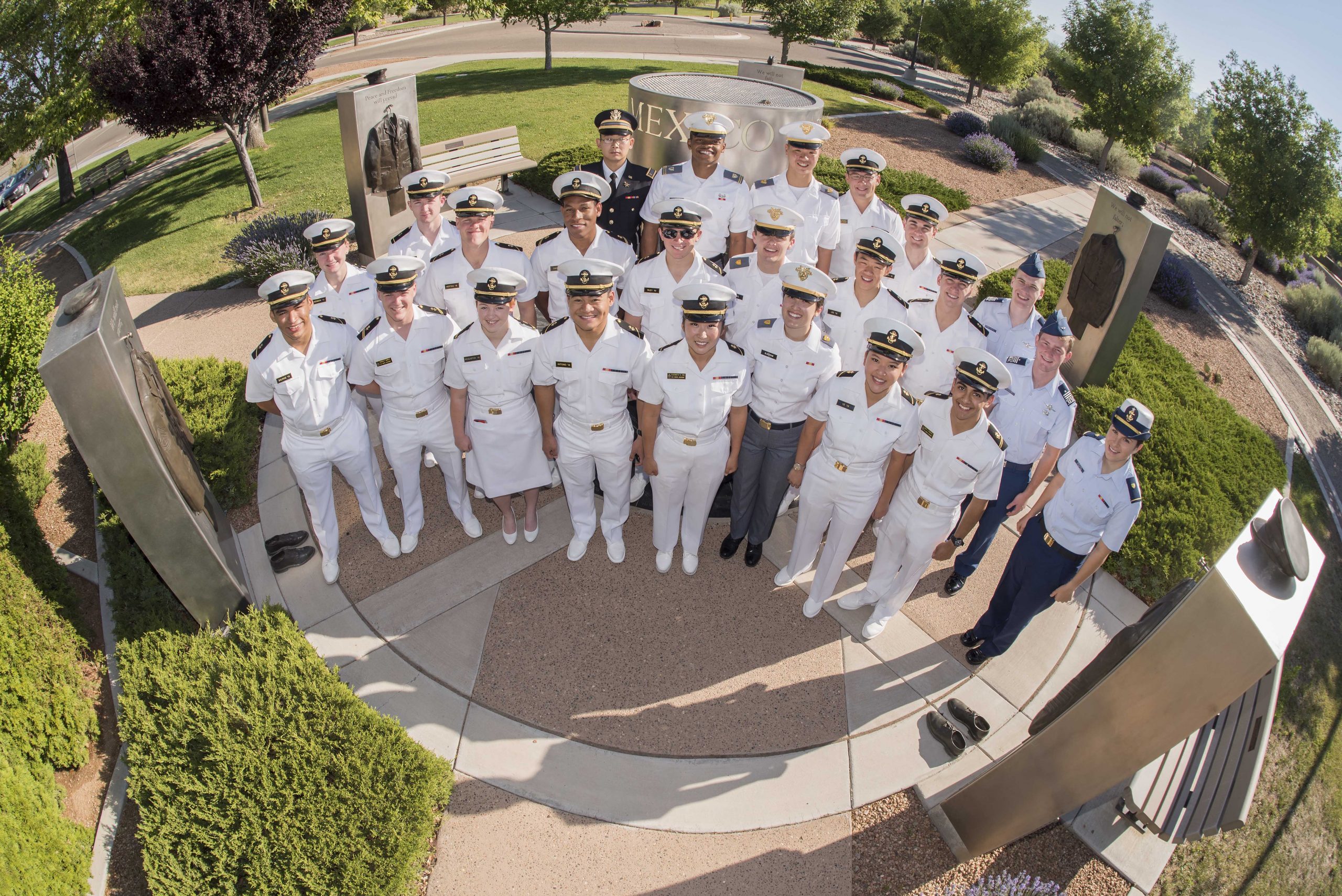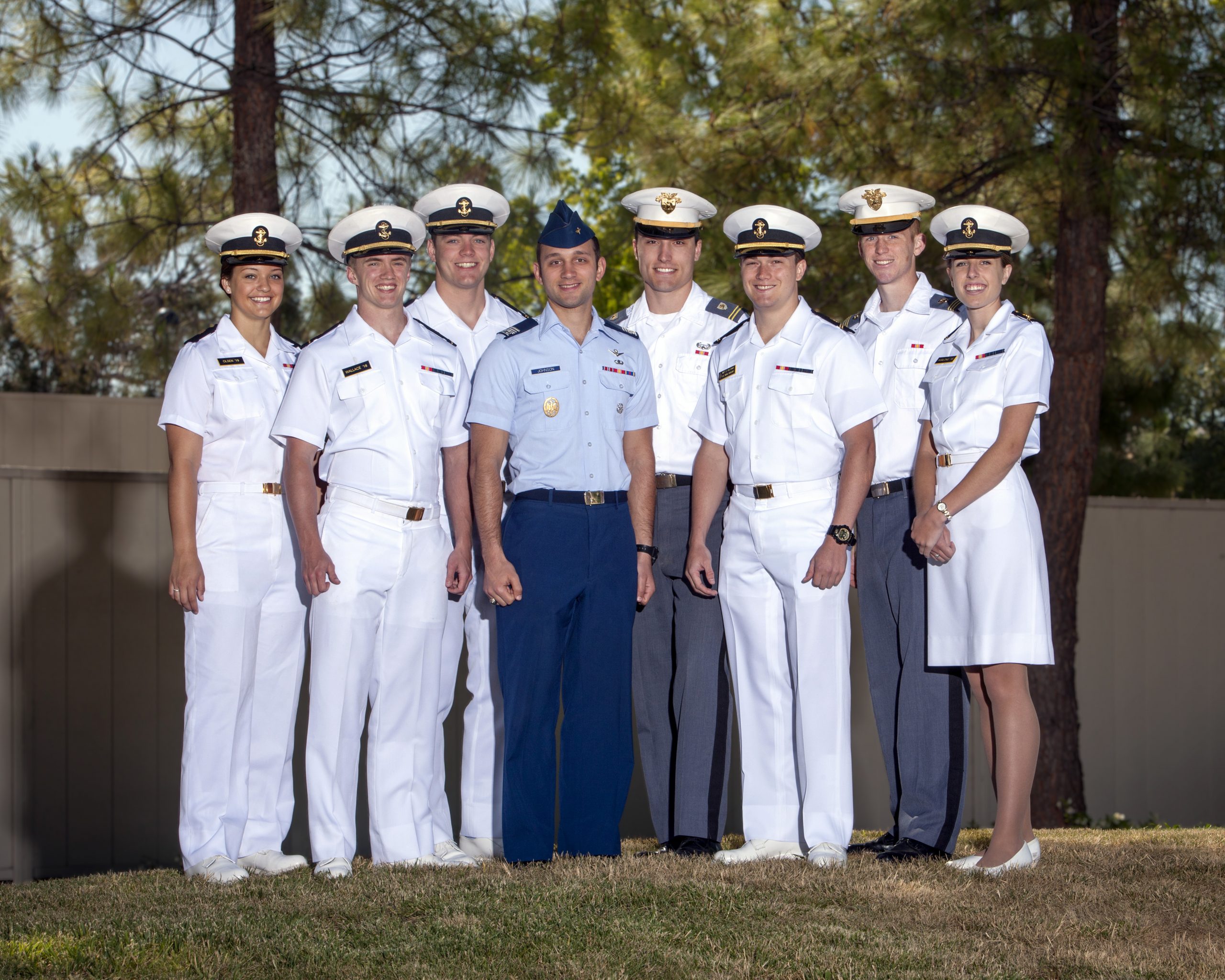ALBUQUERQUE, N.M. – Two years ago, West Point cadet Willahelm Wan signed on to spend a few summer weeks at Sandia National Laboratories in a real-world research environment. What he learned changed his career.
“At Sandia, everything is connected,” he said. “Projects have multiple components and overlap between departments. I considered myself a mechanical engineer, but saw that computer simulation, software and programming are critically important to engineering.”
Wan began his junior year at West Point after leaving Sandia and added a second major to his engineering curriculum: computer science. And he decided return to Sandia this year, in cybersecurity. “It has been great to explore the different areas of a national laboratory,” he said. “I learn so much.”

Wan, now a West Point graduate and a second lieutenant pursuing a master’s in electrical and computer engineering at Northeastern University, is one of 45 students participating in this summer’s Military Academic Collaboration, or MAC, at Sandia. The seven-year-old program was started by the National Nuclear Security Administration (NNSA) to engage U.S. military educational institutions and give students at West Point, the Naval Academy, the Air Force Academy, the Coast Guard Academy and the Merchant Marine Academy a taste of research in the nuclear security enterprise. Sandia, Los Alamos National Laboratory, Lawrence Livermore National Laboratory, Pantex Plant, Kansas City National Security Campus, Y-12 National Security Complex and the Savannah River Site participate in MAC.
“The students are here for a condensed time frame, three-and-a-half to six weeks,” said Staci Dorsey, who coordinates the program at Sandia. “It’s geared toward hands-on research. They often say they don’t expect to accomplish much, but they actually do. They accomplish a lot.”
A portfolio of jobs for cadets and midshipmen
The students have military training and a great work ethic, Dorsey said. “They finish a task and ask for more,” she said. “These are exceptional young adults who want to serve the country. They know what they want to do with their lives — protect and serve. They are motivated and have a passion for what they are doing.”
Each fall, Dorsey builds a jobs portfolio and joins coordinators from other labs on visits to the campuses of the major military academies. Most of the jobs are in technical areas such as physics, cybersecurity, biotechnology, materials science and mechanical engineering. “Our pitch is to come to Sandia and do something completely different for a short period of time,” she said.
Interested students are matched with jobs and offers are made, but not all are approved by the schools, who have the final say on who will go, based on such factors as academic standing and training schedules. Sandia made 70 offers this year and 45 were approved.

Sandia materials scientist Bruce Kelley, one of the MAC hosts, said the program lets cadets and midshipmen see the breadth and depth of the labs and gives the labs bright, hard-working people. “The students work to come up to speed quickly on projects for which they often have limited familiarity,” he said. “We had one student who designed his own research project when he got here and continued to work on it when he went back to West Point. He then published an article on his work.”
Dorsey said the military students experience a wide range of research, “everything from nuclear physics to nano technologies to explosives engineering and renewable energy.”
Building relationships with future leaders
The Sandia program has grown every year, from six in fiscal year 2011 to the current number. MAC is not considered a talent pipeline because the students commit to military service or more education after they graduate, but it builds relationships. “We want these future military leaders to consider the labs as a resource,” Dorsey said.
Michaela McKeown, a senior next year at the Coast Guard Academy, said her work at Sandia developing bioimaging agents at the Advanced Materials Laboratory has been memorable. “I’m a mechanical engineer working on a chemistry-based project, and I’ve learned more than I ever dreamed possible,” she said. “I’m excited to tell my instructors and fellow students what I’ve been doing this summer. It far exceeded my expectations.”
Wan said the program inspired him to reach farther. “This was different from school. This was real,” he said. “I was able to absorb new knowledge. I won’t forget.”